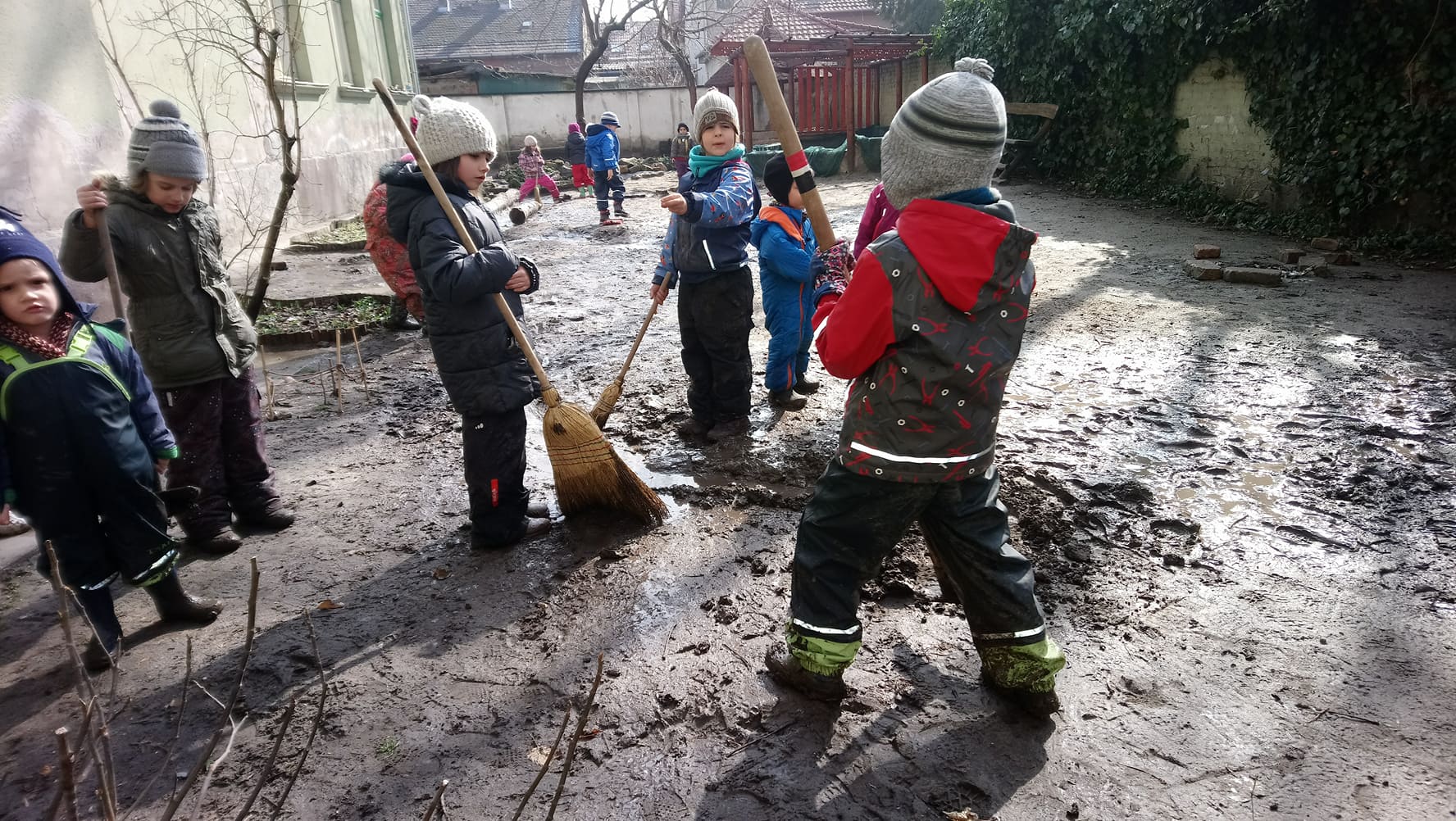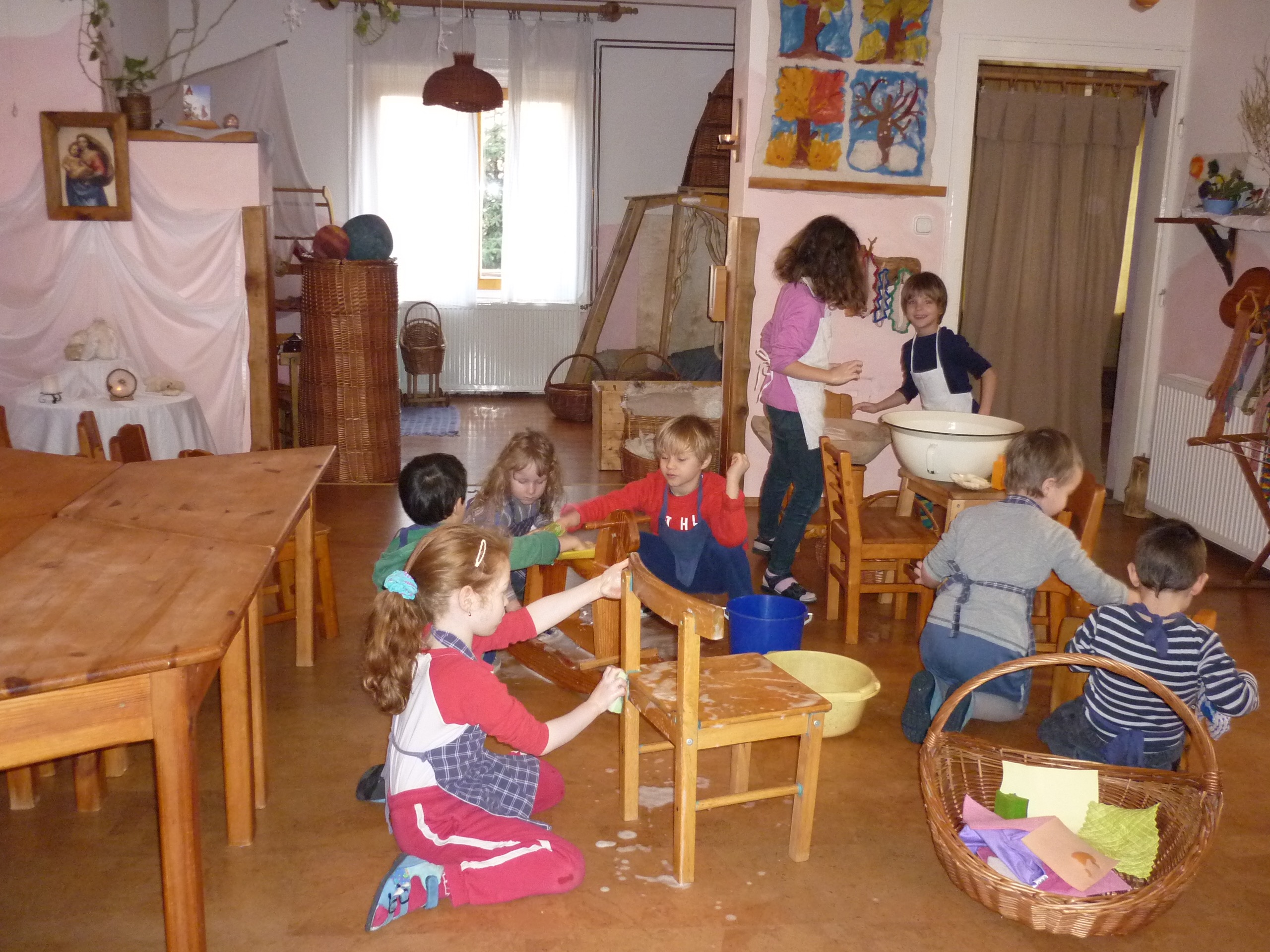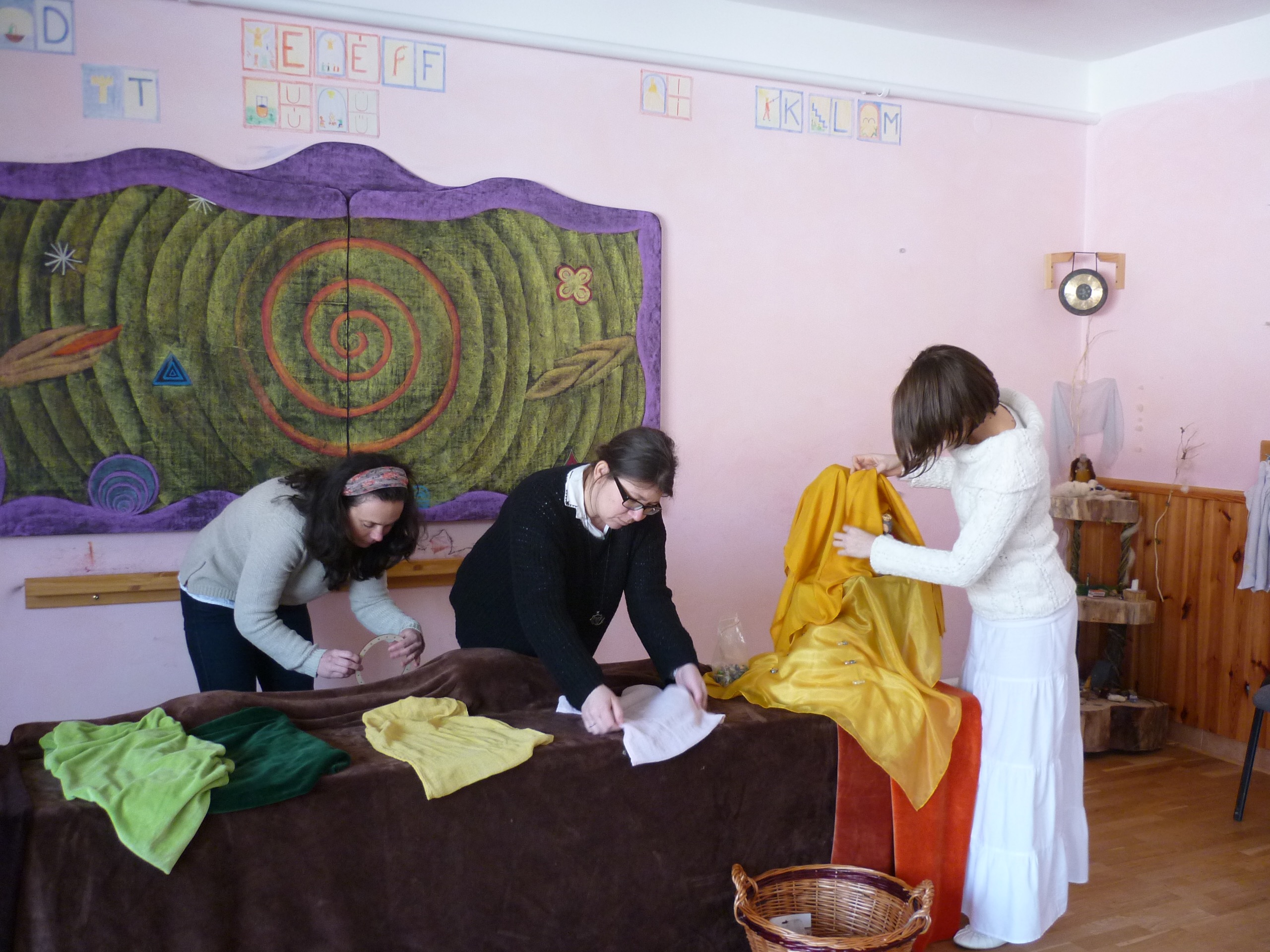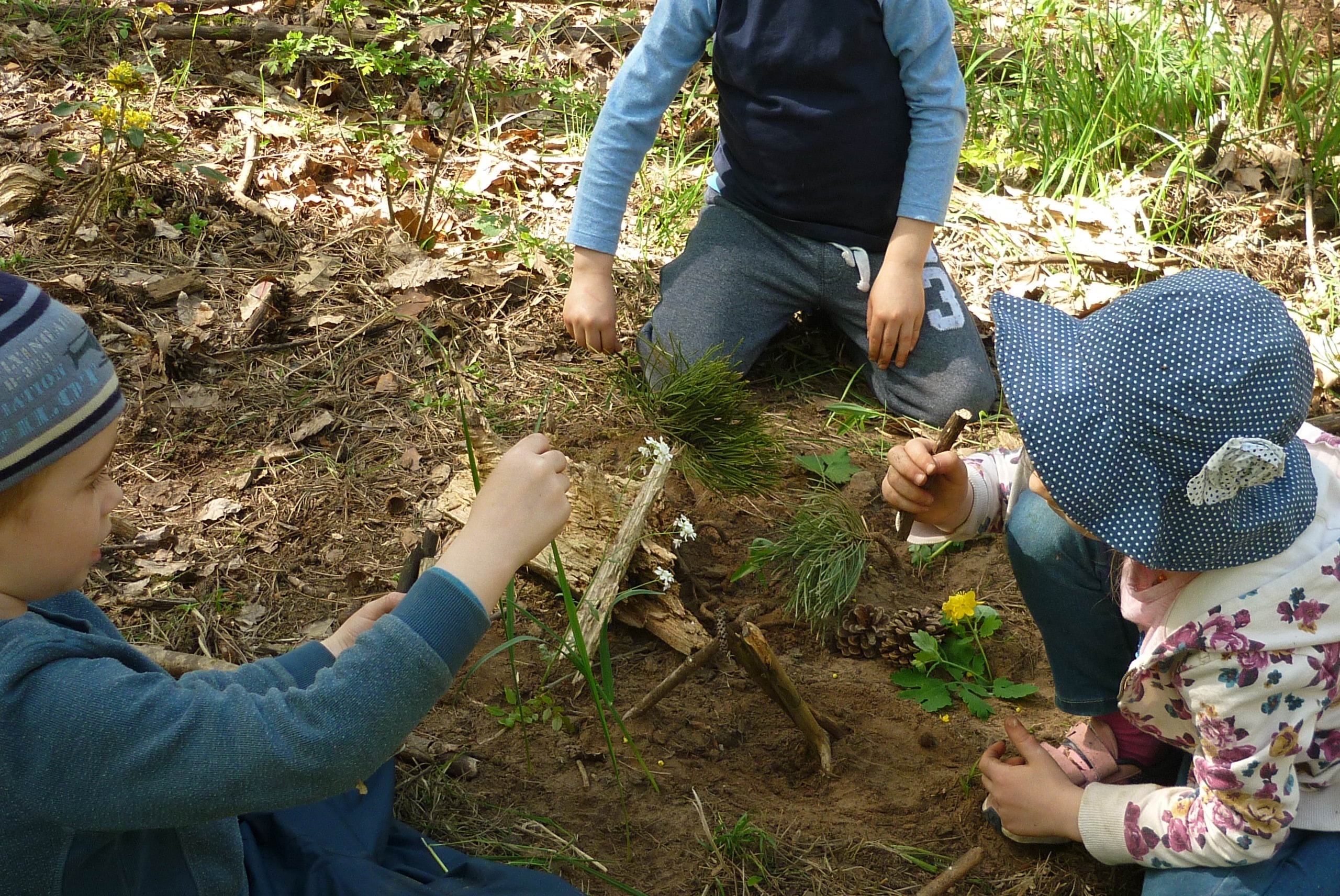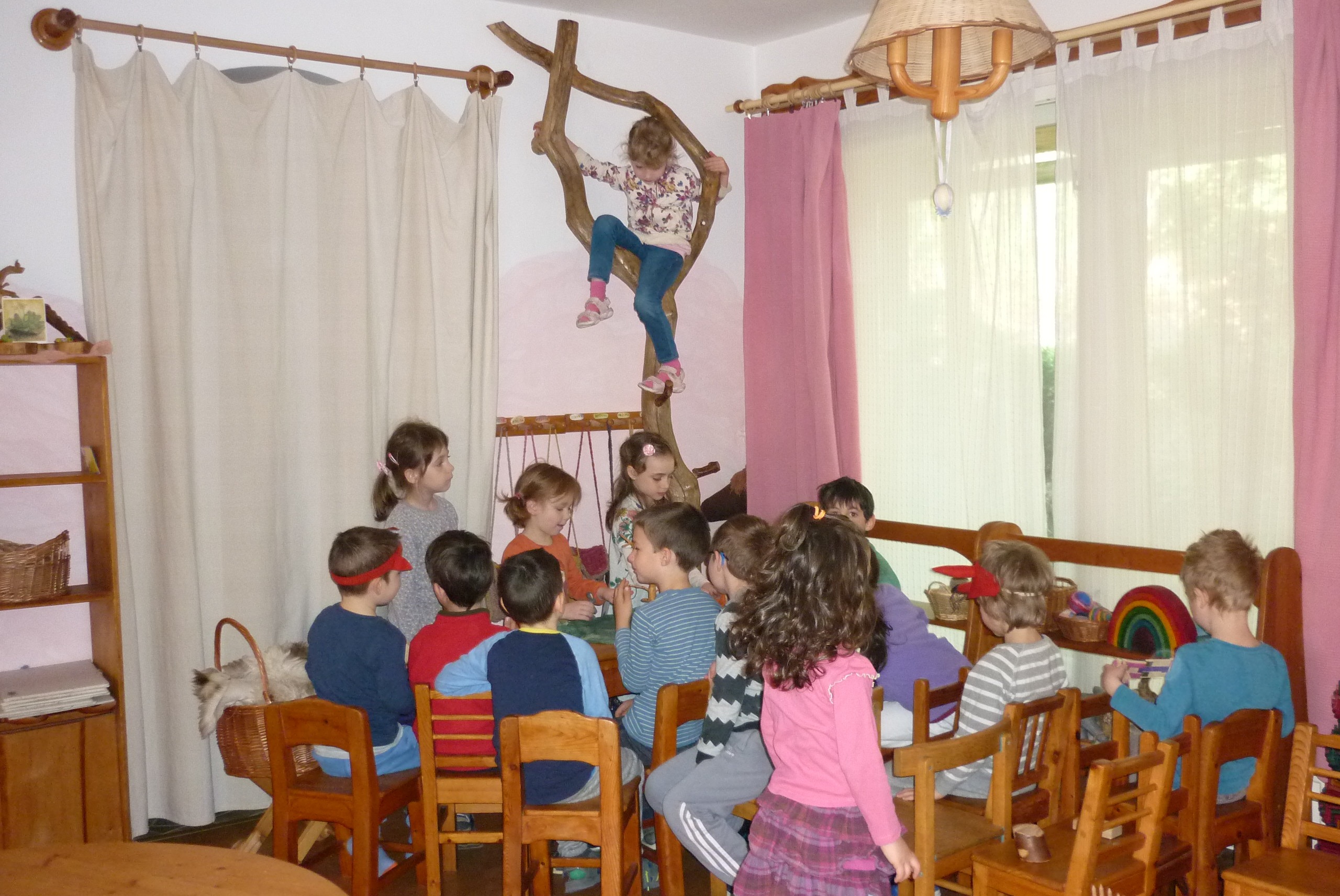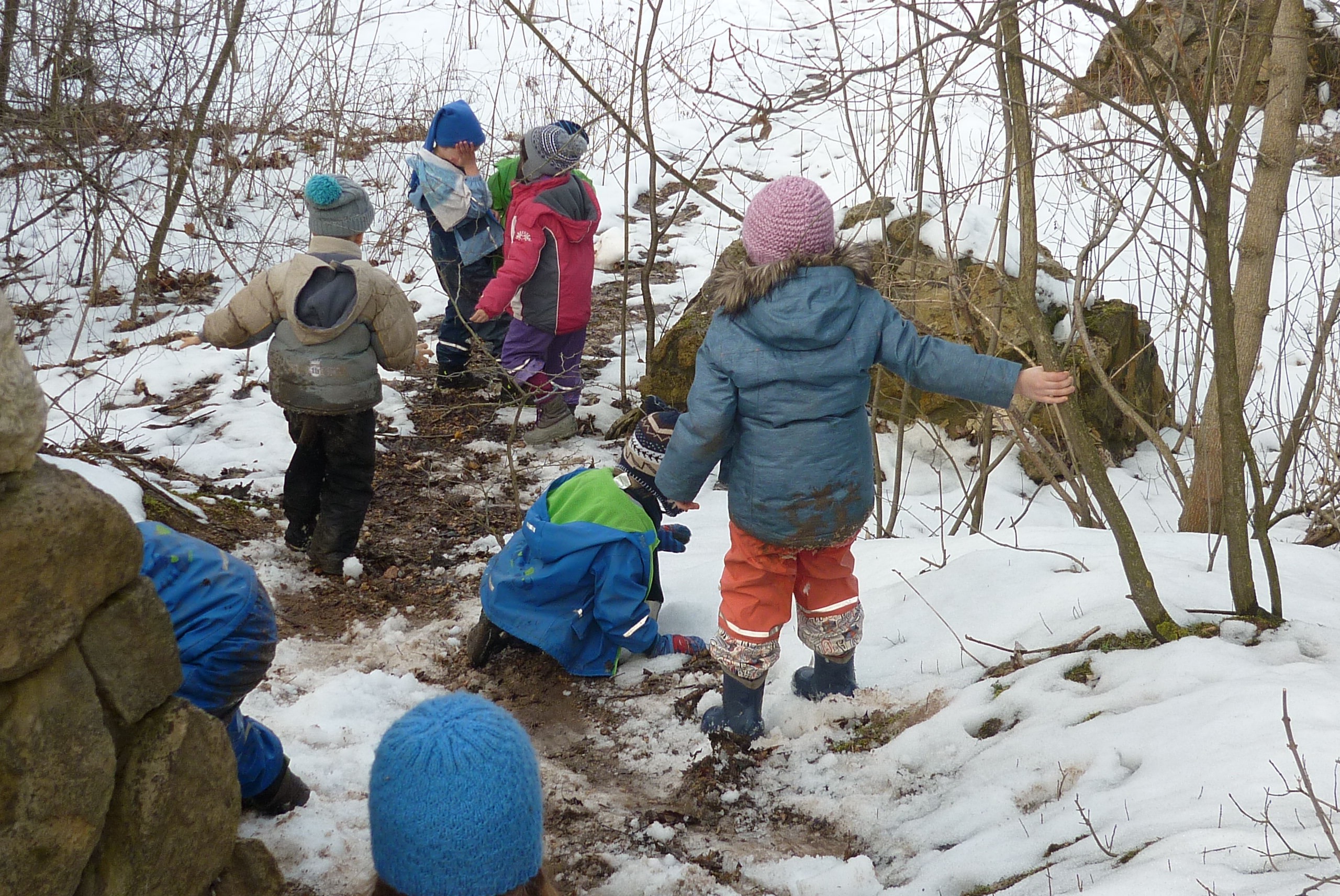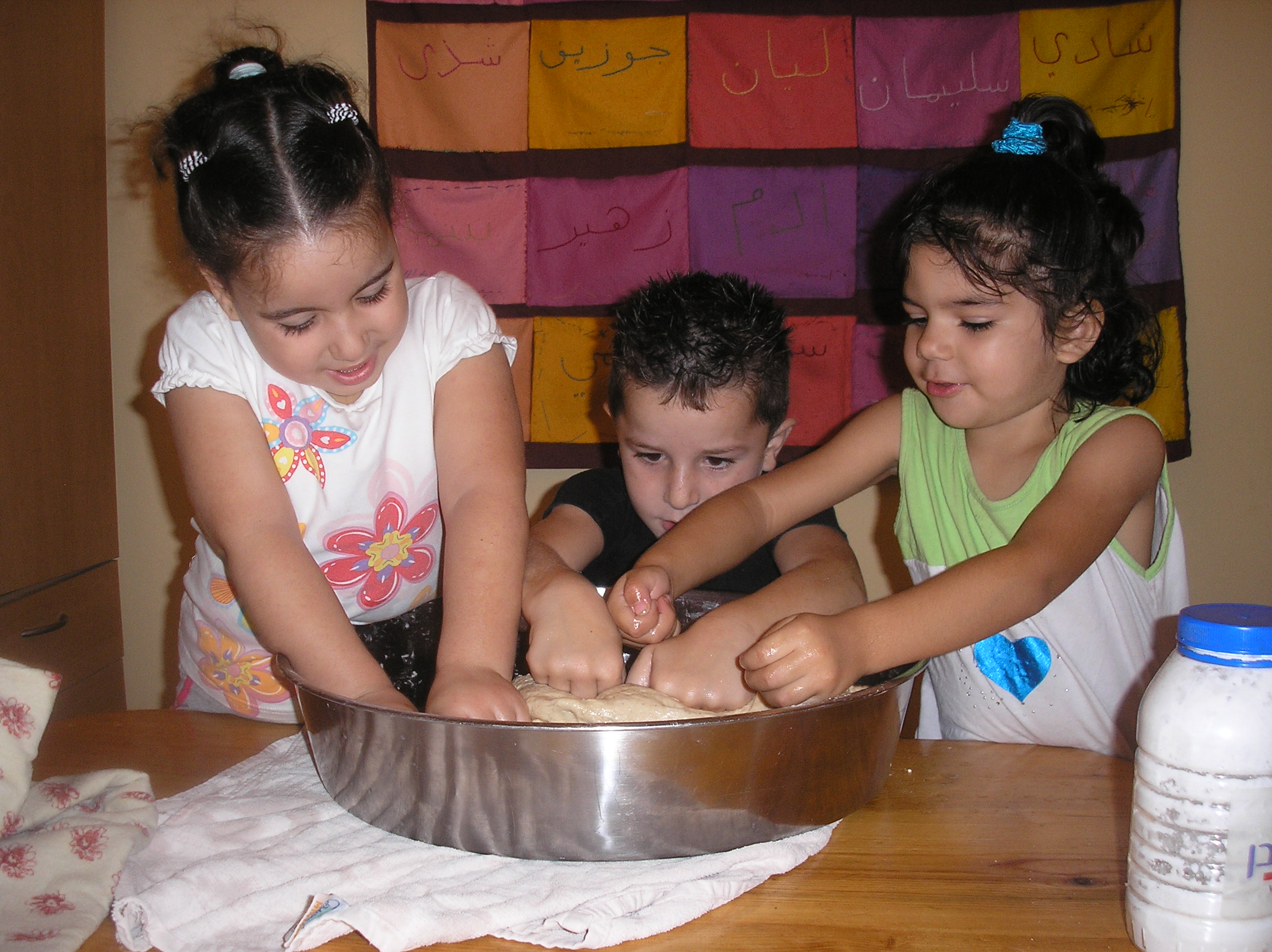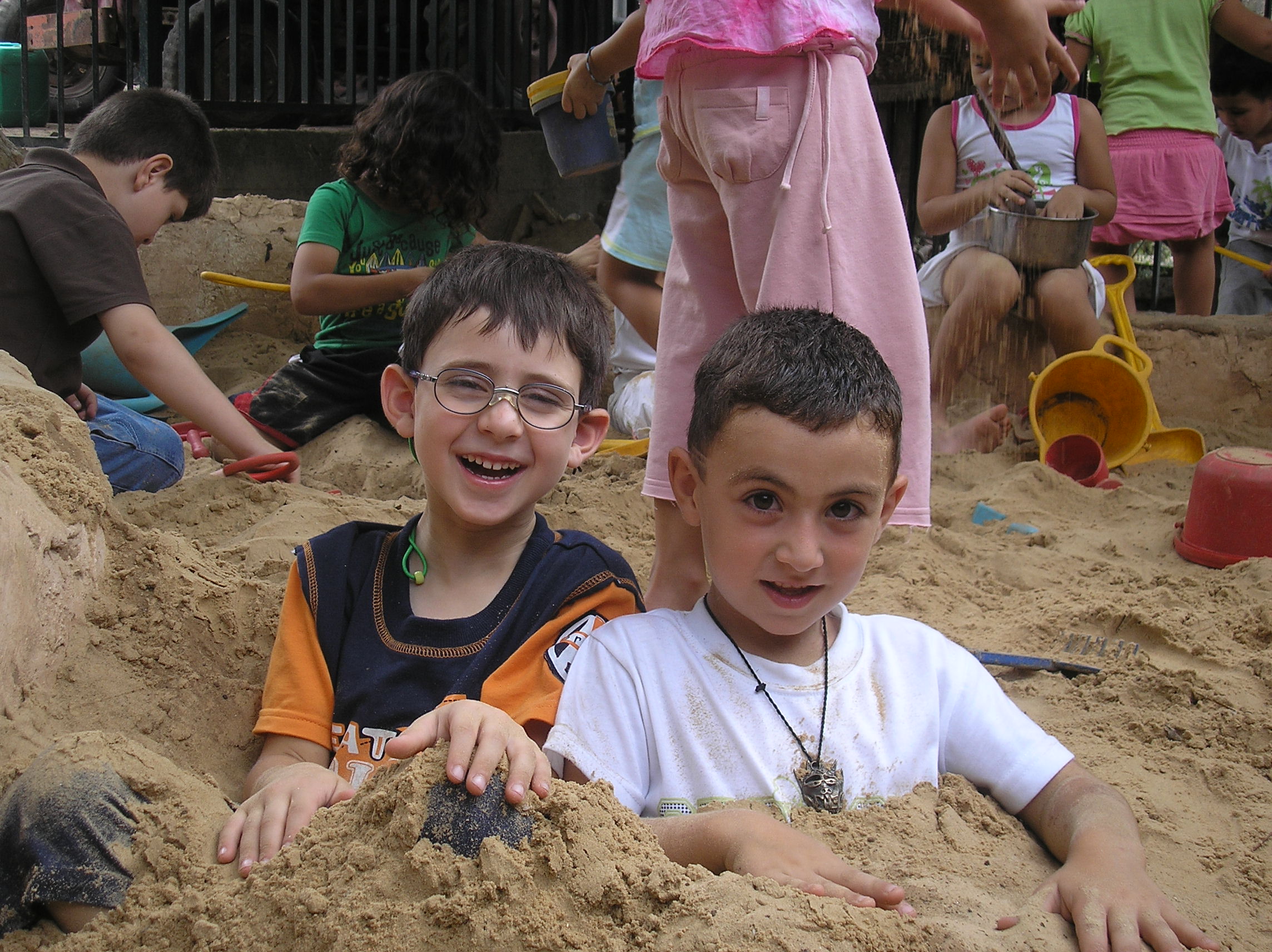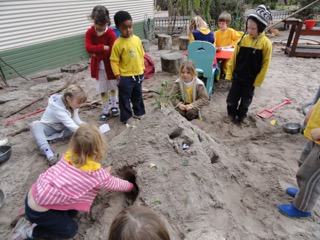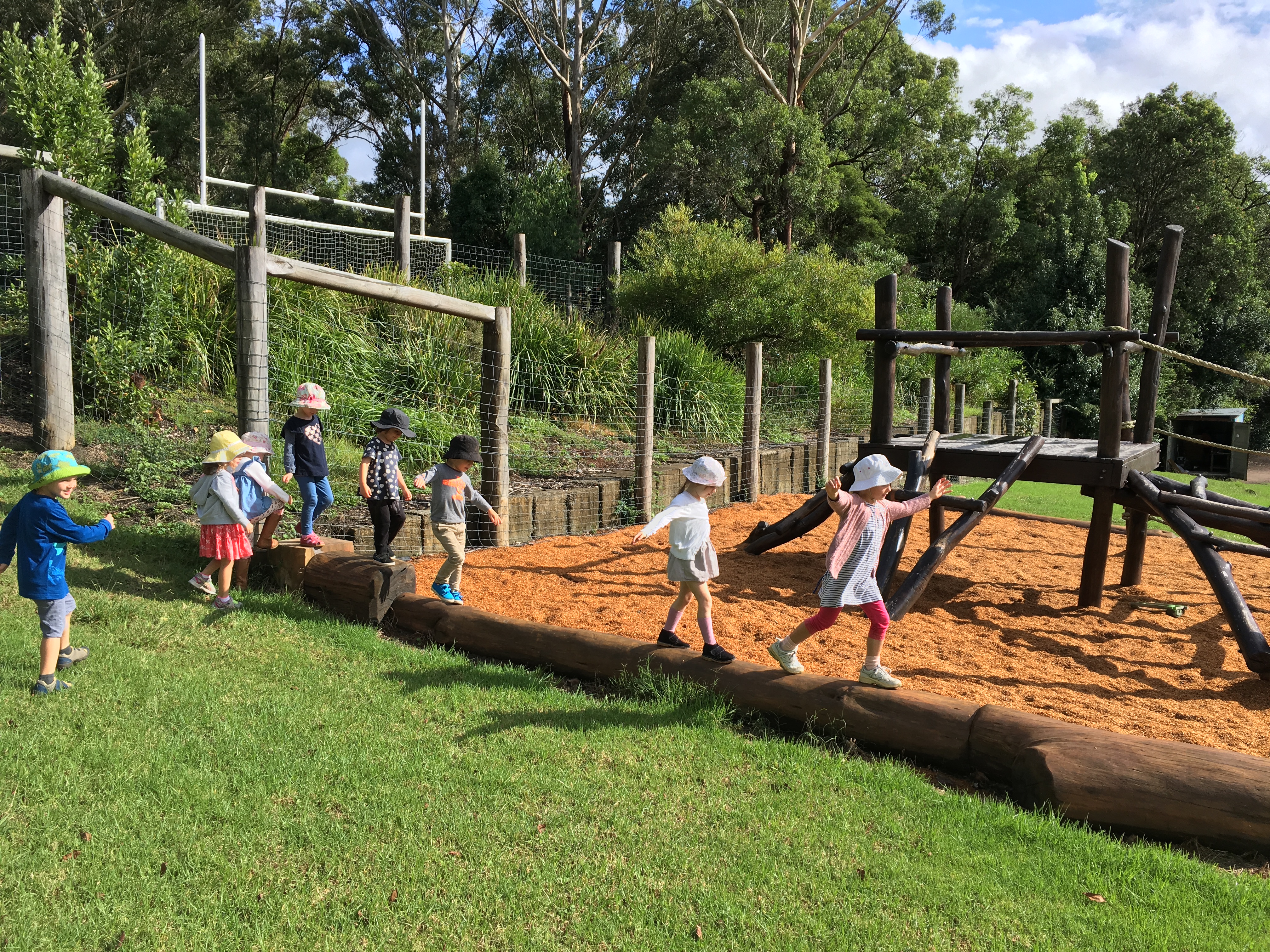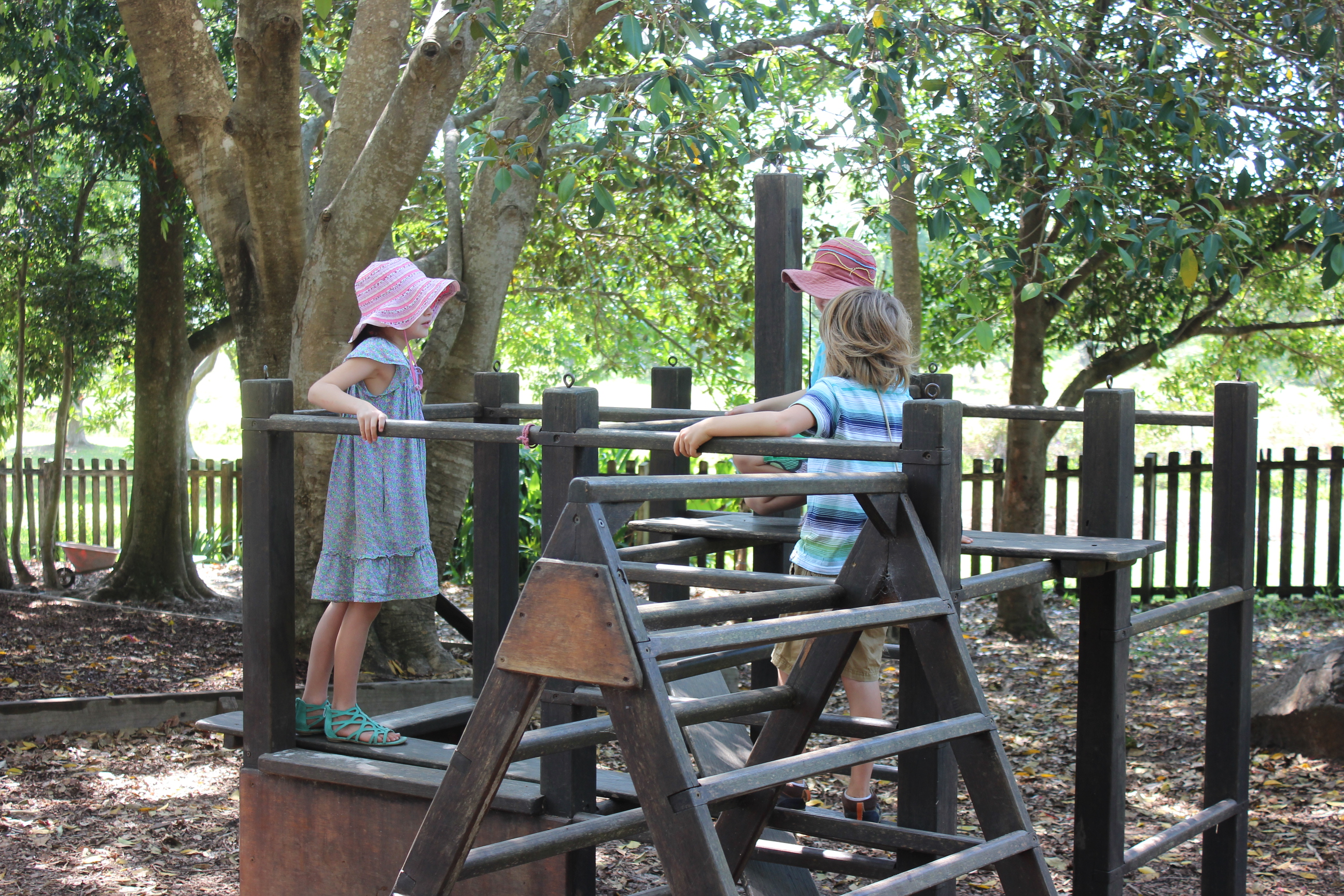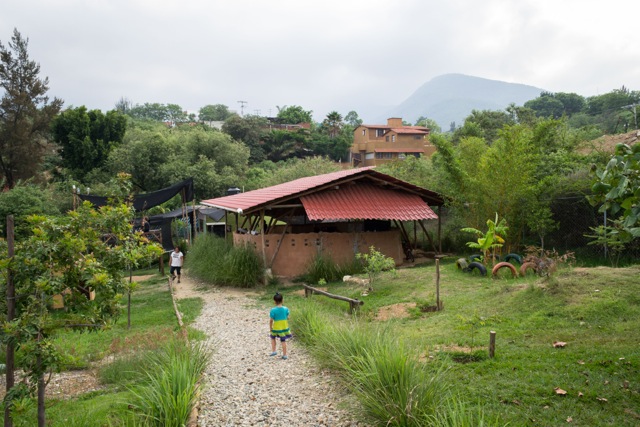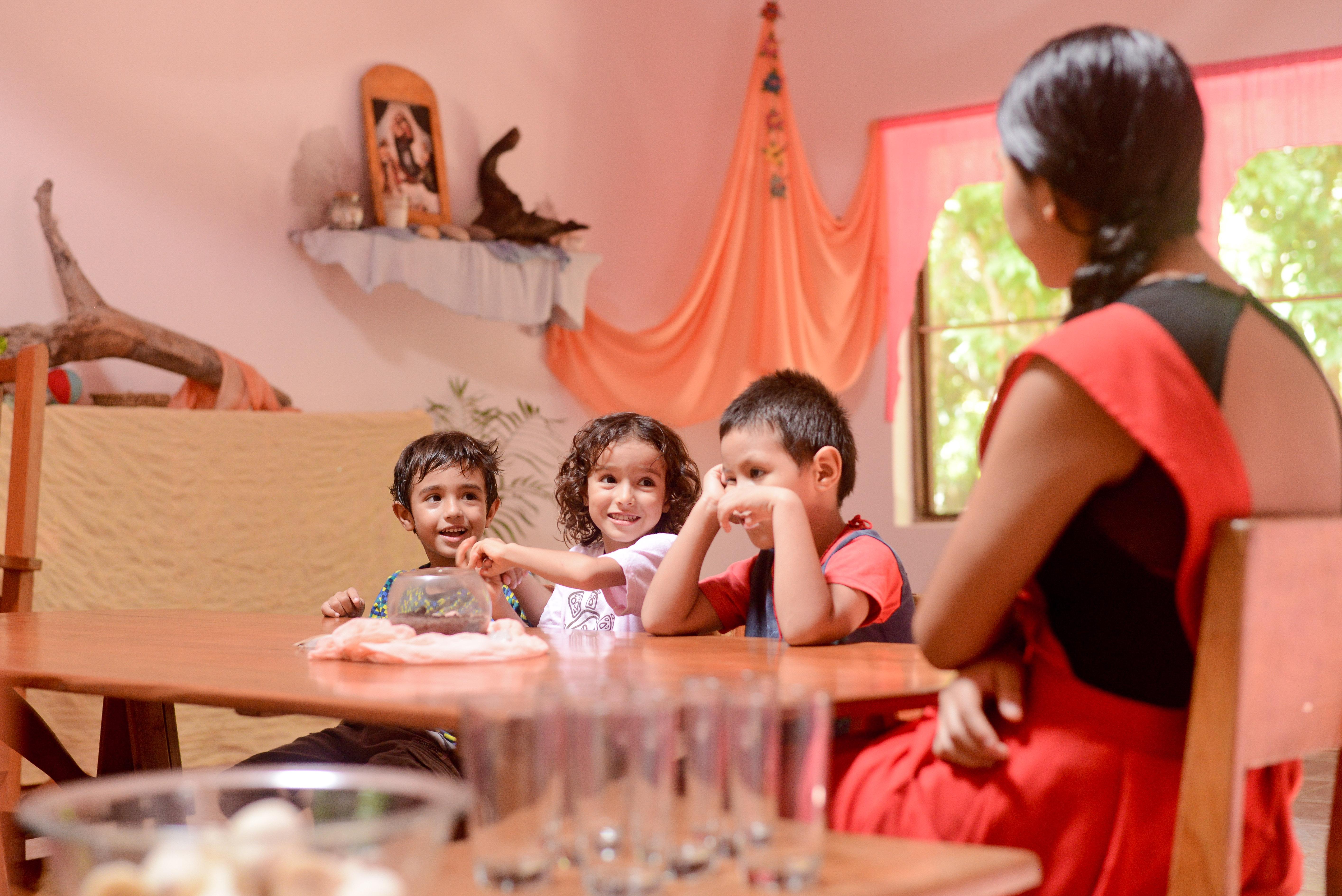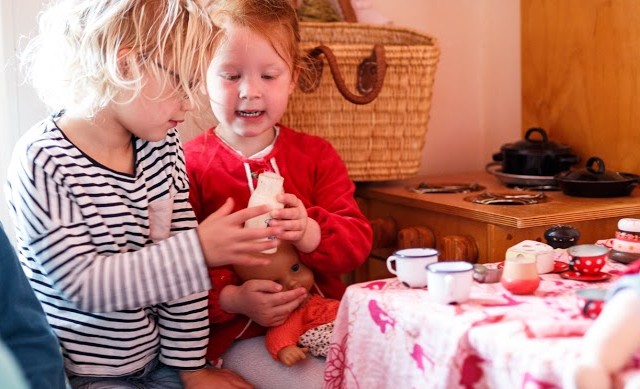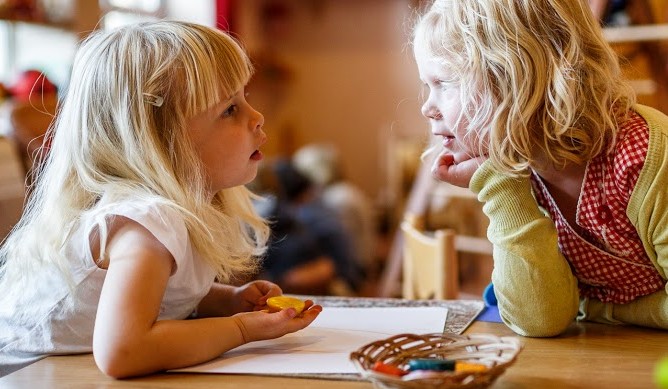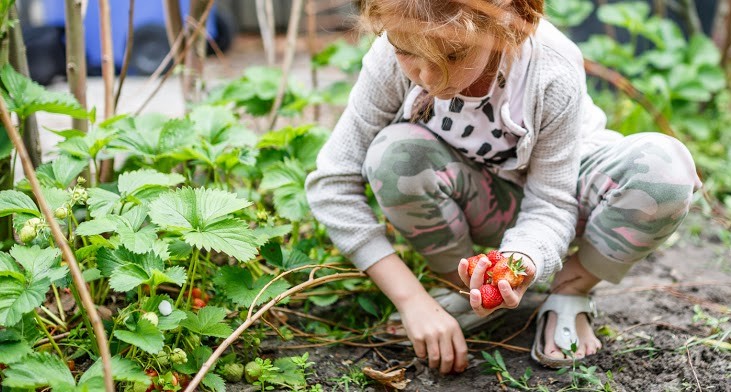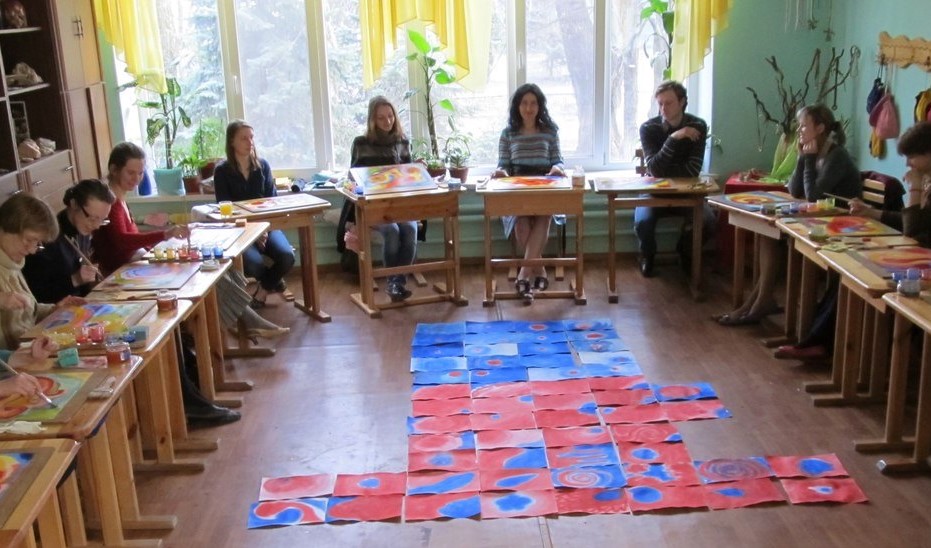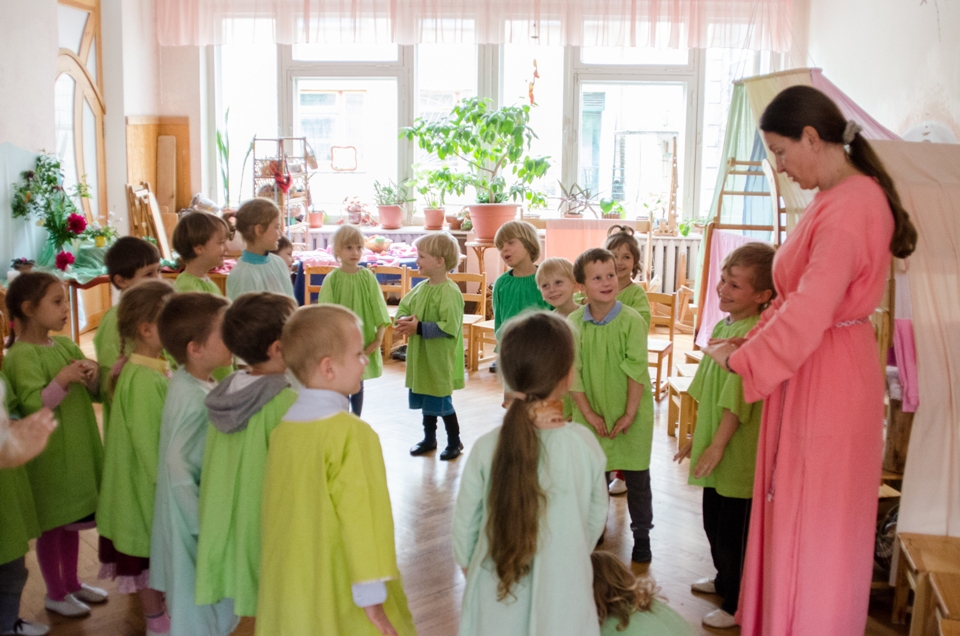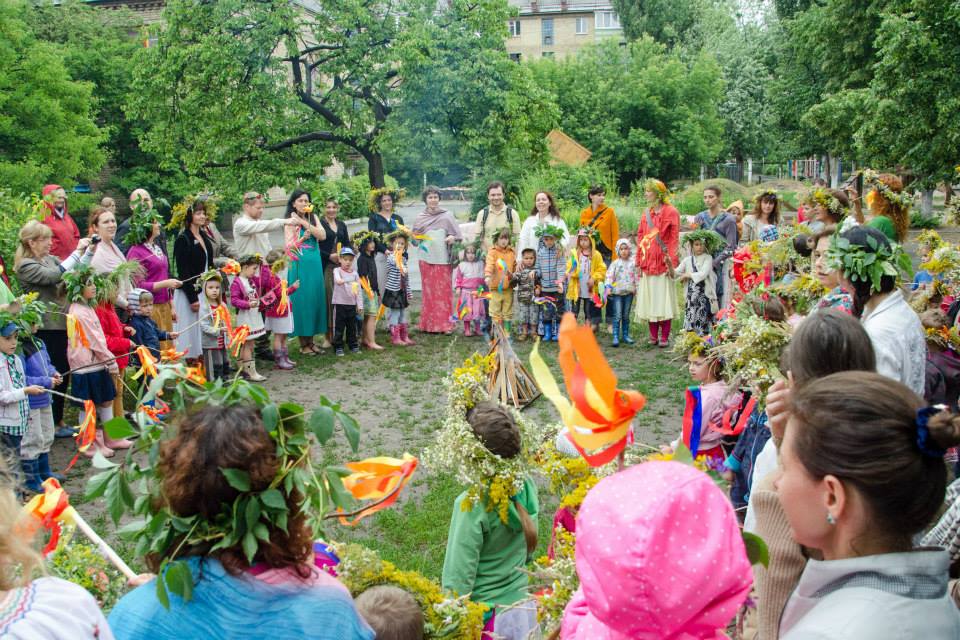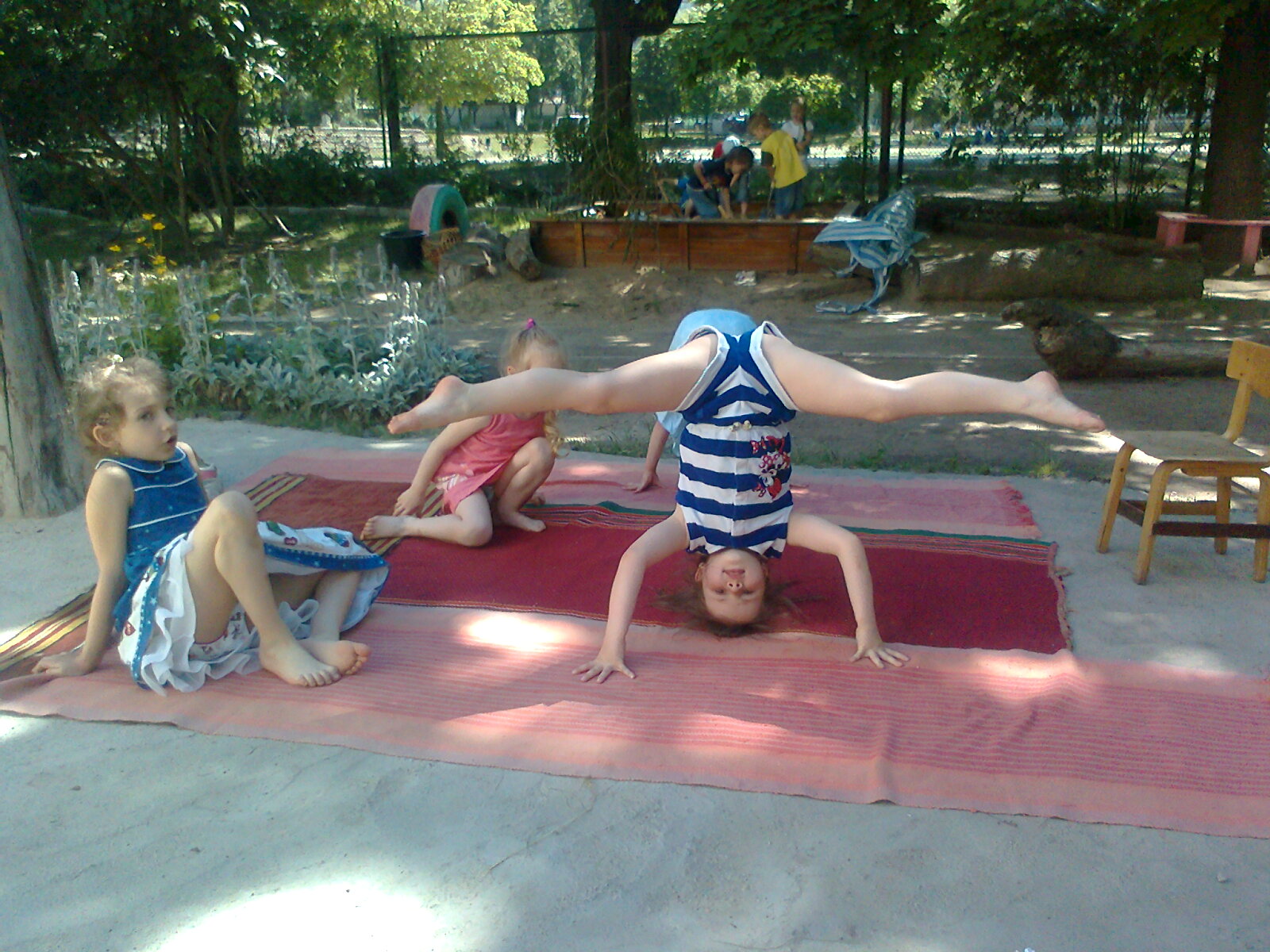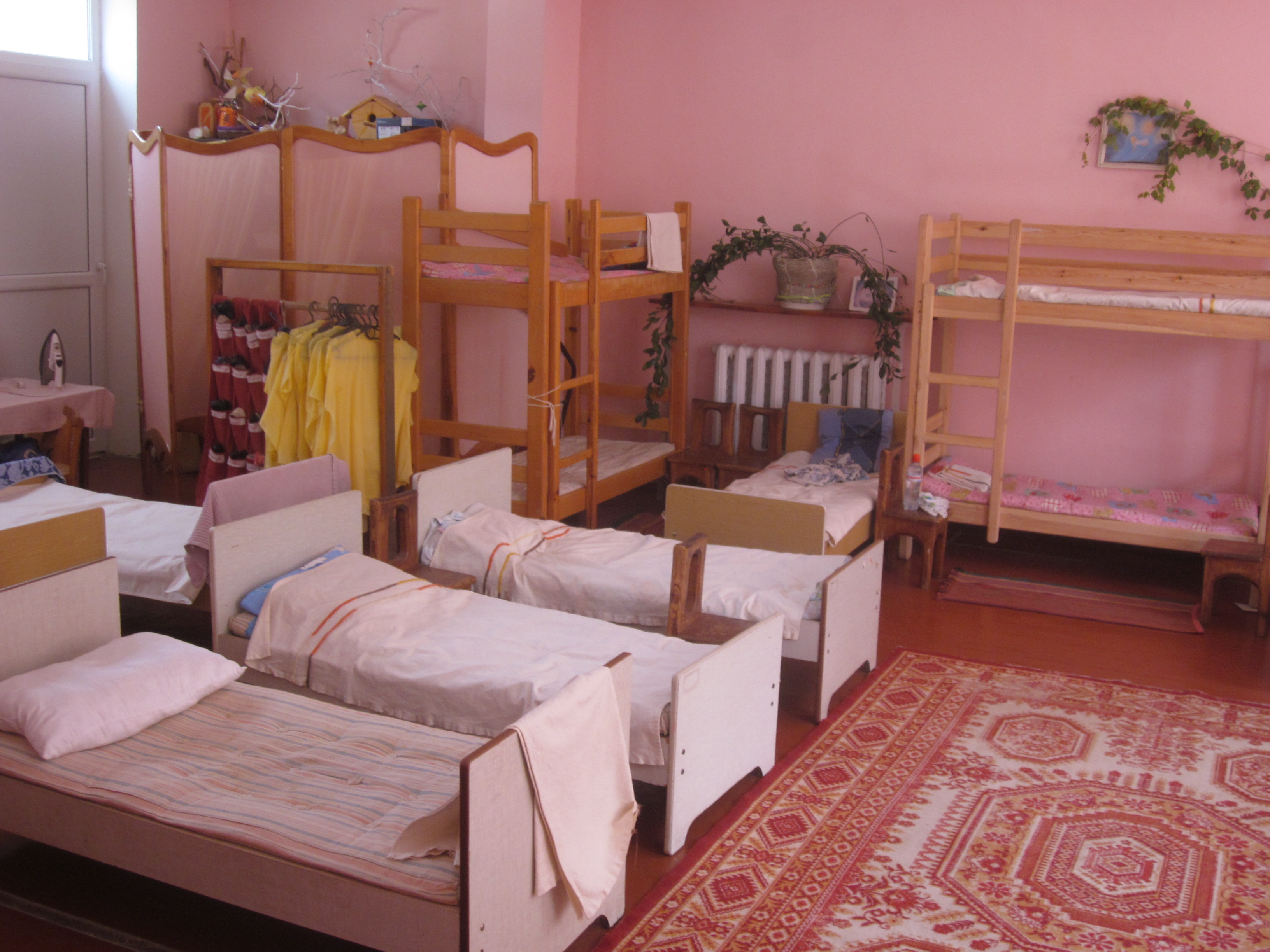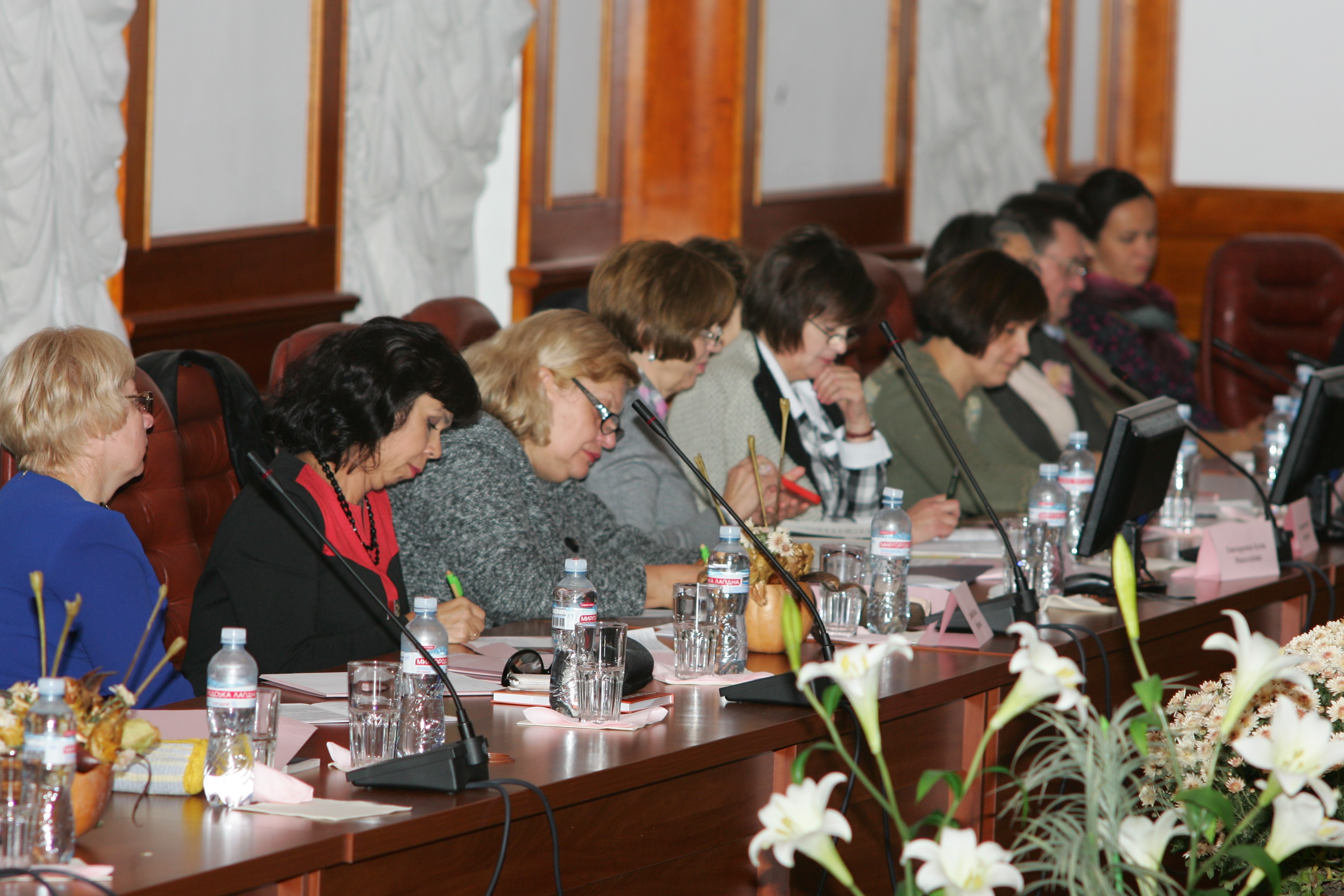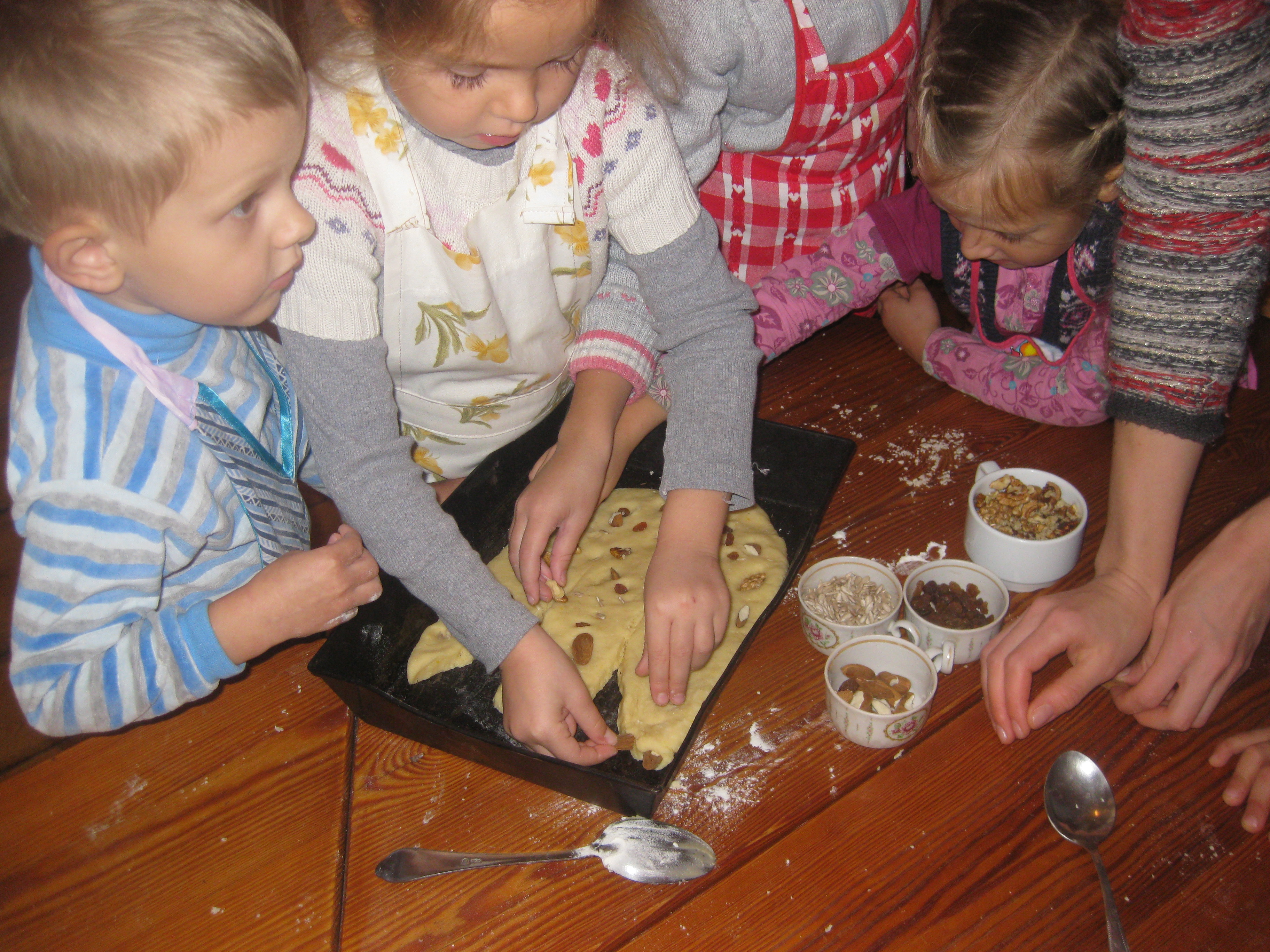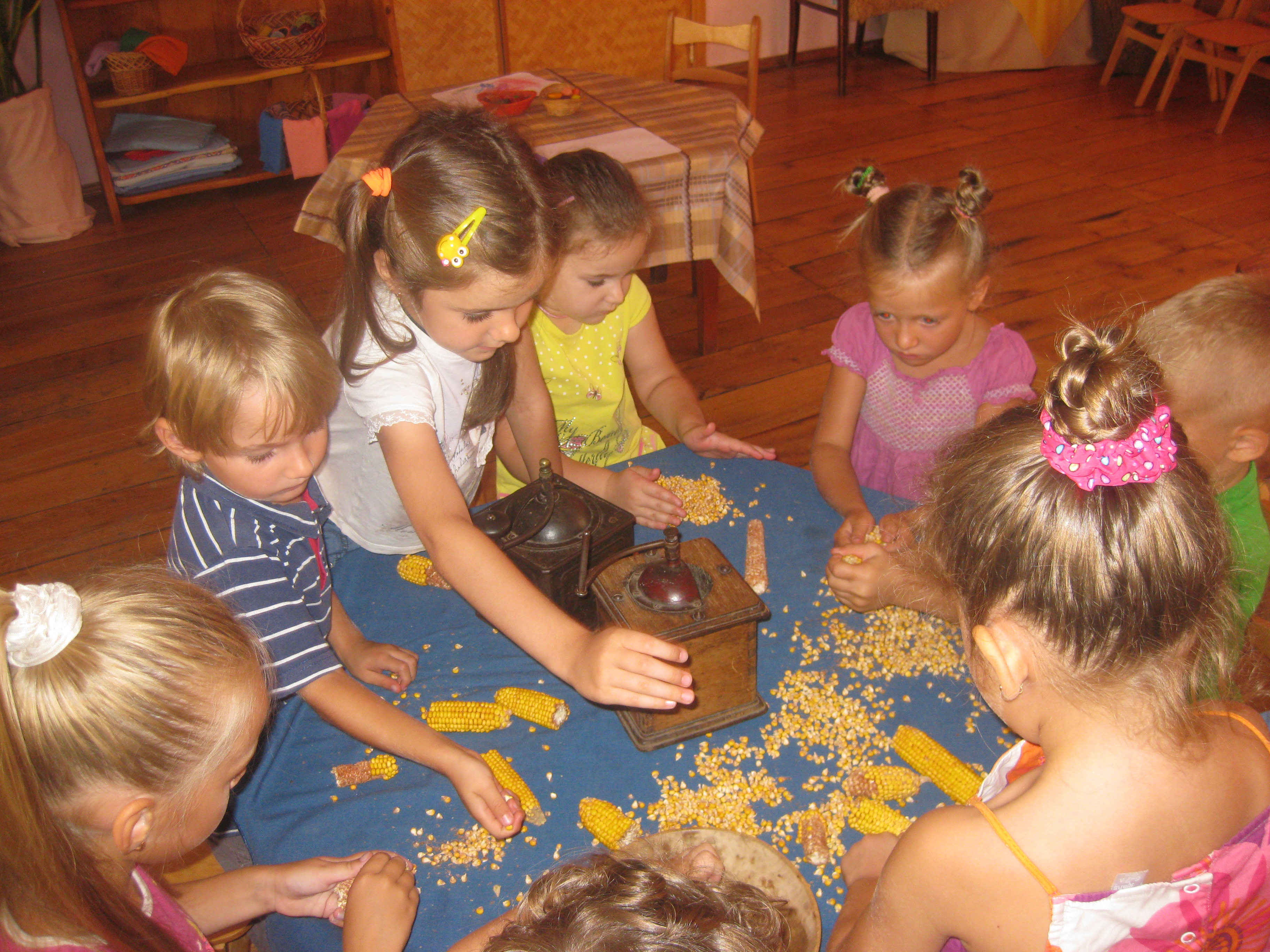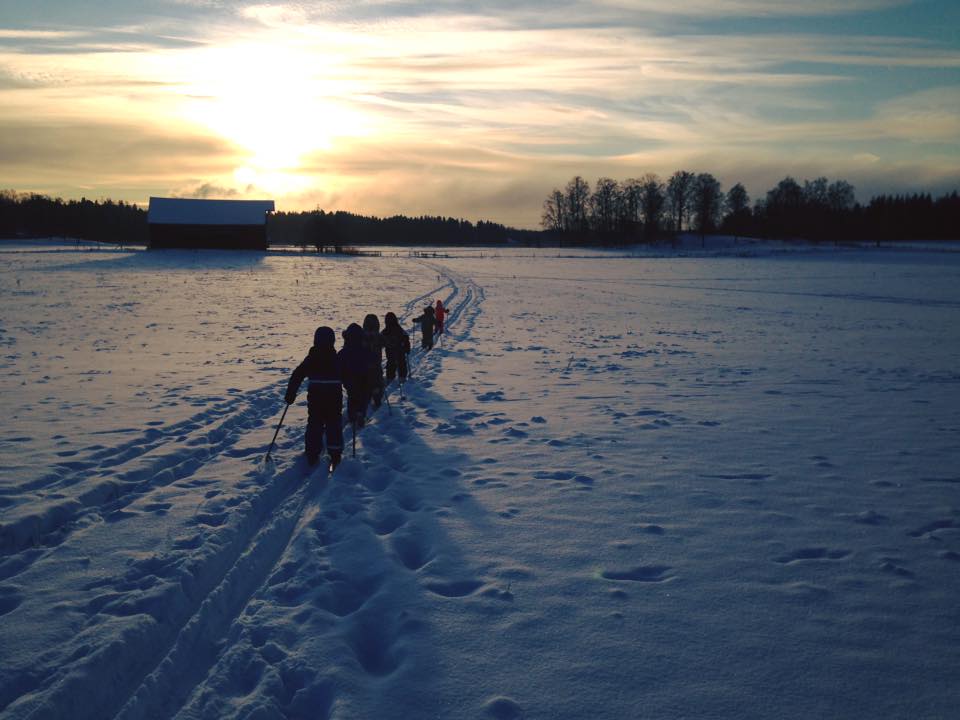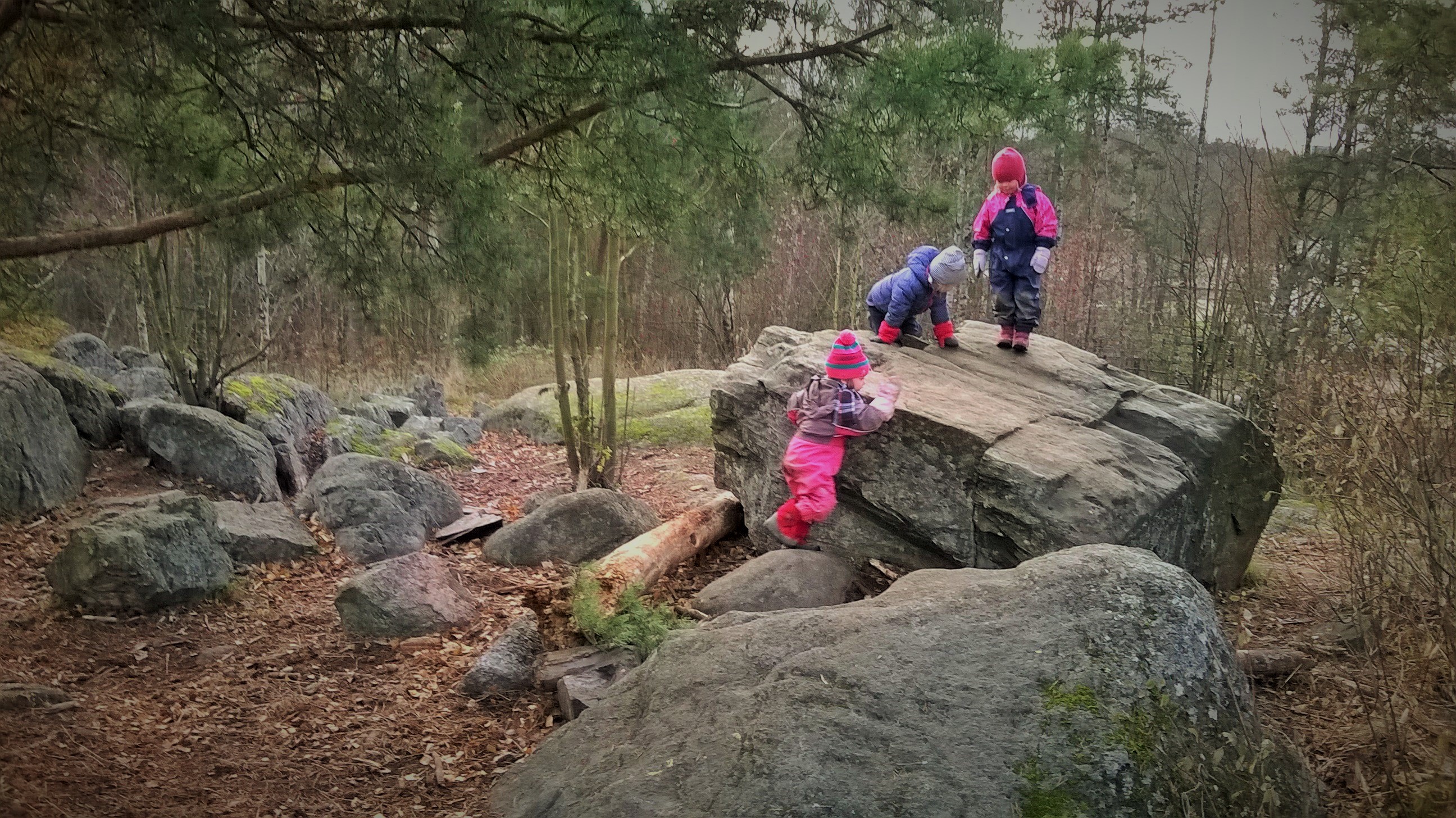The Slovene Waldorf movement has a tradition of almost thirty years. It is very well accepted by society, has a good reputation, working conditions and an ongoing constant cooperation with other pedagogical institutions, with the Slovene Ministry of Education as well as local communities. We have a common national association for schools and kindergartens – the Association for the Development of Waldorf Schools and Kindergartens of Slovenia. Its members include 9 kindergartens (with 296 children), 5 primary schools, 1 high school and 1 music school. In addition to the members, there are 6 non-member kindergartens, some groups that offer private care based on Waldorf/Steiner principles and 2 non-member primary schools.
The Association is constantly striving to create the best possible conditions for the development of Slovene Waldorf kindergartens and schools, especially concerning the pedagogical staff and the legal conditions linked to establishing and running a Waldorf kindergarten and/or school. For this purpose, we organize a three-year Waldorf Teacher and Kindergarten Teacher Training. Currently, 53 students are enrolled in the class of 2019 – 2021. In the past years, we have educated 274 students of which 173 became school and kindergarten teachers. Our lecturers come from Slovenia and many other European countries (Norway, Denmark, England, Netherlands, Austria, and Germany). The studies are vital for providing enough educated staff to meet the growing needs of the Slovenian Waldorf schools and kindergartens. The Teacher and Kindergarten Teacher Training Course is also connected with the Studies and Teacher Training Course in Zagreb, Croatia. This means some joint working weekends, mutual help regarding lecturers, and an exchange of experiences.
In the Association, we have, all through the years, put a lot of care and attention to mentoring and advising our members’ kindergarten teachers. Our outer mentor is Jill Tina Taplin. With her help, we have formed a mentoring group of experienced kindergarten teachers, who take care of and help younger kindergarten staff. The group is also overseeing the quality of work in member Kindergartens.
Every year, we organize professional lectures for all Waldorf kindergarten teachers to take part in. We enrich these lectures by providing the space and the encouragement for active exchange of practical experiences. Part of these lectures and meetings are opened to all public. In 2016, we have thus organized a Waldorf kindergarten teachers’ conference: ‘Working with one to three years old children’ (guest lecturer Birgit Krohmer) as well as open lectures and workshops such as ‘The healing power of stories’ by Susan Perrow. In 2017, the topics of the Waldorf kindergarten teachers’ meetings and conferences were ‘Free play’ and ‘Children’s rest/sleep in the kindergarten’ (guest speaker Jill Taplin). In 2018, we organized an open conference on the theme of ‘The meaning of sleep for pre-school children’ (guest lecturers Stephanie Allon, David L. Brierley and Godi Keller), as well as lectures and workshops by Susan Perrow, titled ‘Therapeutical storytelling – the stories find their way’. 2019 was a year of celebration also in Slovenia (with many celebrations and activities across the country). In that year the Waldorf kindergartens’ conference’s topic was ‘The Physical constitution of children and its meaning’ (guest lecturers and workshop leaders: Dr.Ulf Beckman, Carola Edelmann and Birgit Krohmer). We also organized an open lecture by Uwe Buermann about the influence of modern technology on children.
In the ‘’corona time’’ Susan Perrow sent us two therapeutic stories and the translation was sent to all teachers and parents from our units. We also organized lectures via Zoom for all the parents, teachers, and our members (lecturers were Jill Taplin and Godi Keller).
We are happy to note that the Slovene Waldorf movement enjoys a very good reputation among state teachers and kindergarten teachers. This is regularly confirmed by the participation of the state kindergarten teachers in our lectures and public conferences and their feedback.
A valuable support for our kindergarten teachers is also translations of various professional literature. In accordance with our means and keeping in mind their needs as well as the literature accessible (also via IASWECE), we are supplying our kindergarten teachers with different translations – intended for internal use (from articles and parts of books to different tools they can use). We have also published books that are assisting them in their work as well as in dealing with parents, such as ‘With Heart in School’ by Godi Keller, ‘Healing stories for Challenging Behaviour’ by Susan Perrow and ‘Toxic Childhood’ by Sue Palmer.
As stated in the name of our association – all our forces are put into the development of our kindergartens and schools. Its development is not visible solely in a growing number of enrolled children and Waldorf pedagogical organizations, but most importantly in the quality of work of our kindergarten and schoolteachers as well as our organizations.
If you need any additional information regarding our National Association, the Waldorf movement in Slovenia or a Slovene kindergarten, do not hesitate to turn to us. You can reach us via e-mail: zavod@waldorf.si or by phone: ++386 (01) 434 55 77. Our internet site is www.waldorf.si – you are welcomed to visit it.
Zavod za razvoj waldorfskih šol in vrtcev – zveza, Slovenia
Association for the Development of Waldorf Schools and Kindergartens
